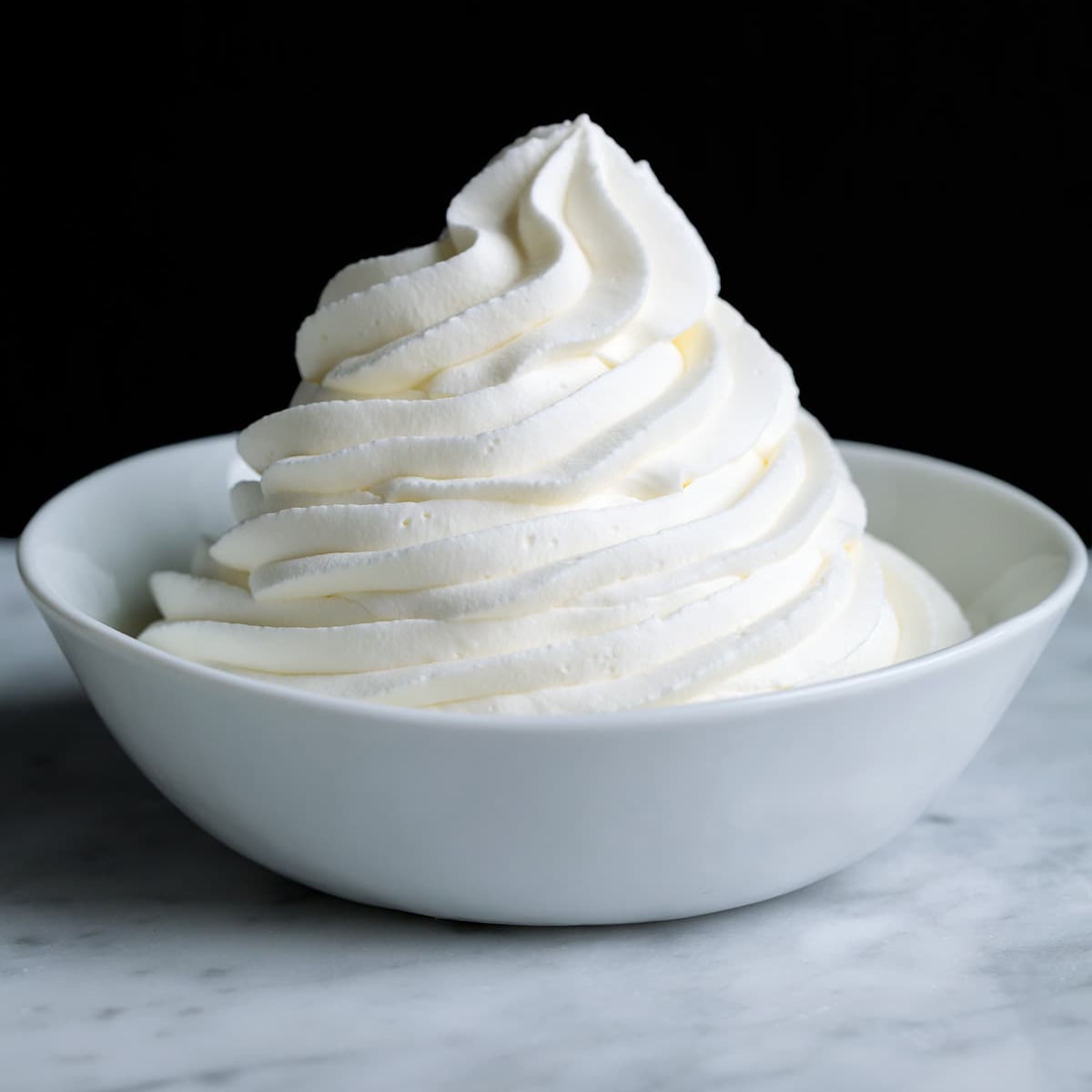Crema Para Batir En Ingles, translating to “whipping cream” in English, encompasses a range of dairy products varying in fat content and thus, whipping properties. Understanding these nuances is crucial for achieving optimal results in culinary applications, from fluffy toppings to stable sauces. This guide delves into the intricacies of whipping cream, exploring its types, whipping techniques, culinary uses, and storage considerations.
Knowing the English term for “Crema Para Batir” (whipping cream) is crucial for international recipes. Understanding the nuances of dairy products extends beyond simple translation; it delves into the broader context of food culture, much like exploring the diverse perspectives offered in the insightful article on the world of wellpath , which highlights the interconnectedness of global health and wellness.
Ultimately, mastering culinary terms like “whipping cream” enhances our ability to navigate the international culinary landscape.
From heavy cream’s rich texture ideal for creating luxurious sauces to the lighter whipping cream perfect for airy toppings, the variations are numerous. We will explore the science behind whipping cream, explaining how fat content impacts its ability to hold air, and offering tips and tricks to achieve the perfect consistency every time. Whether you’re a seasoned baker or a novice cook, this comprehensive guide will empower you to confidently use whipping cream in your culinary creations.
Understanding Whipping Cream
The Spanish phrase “Crema Para Batir” translates directly to “cream for whipping” in English. However, the English terminology for this dairy product varies depending on region and the specific fat content. This article will explore the nuances of whipping cream, its composition, whipping techniques, culinary applications, and storage.
English Terminology and Cream Types
While “whipping cream” is a common term, other names like “heavy cream,” “double cream” (primarily in the UK and other Commonwealth countries), and “thick cream” are also used. These terms often denote varying fat content, directly impacting the cream’s whipping ability and final texture. Heavy cream, typically containing 36% or more milkfat, whips to a very stiff peak.
Whipping cream usually has a slightly lower fat content (around 30-35%), producing softer peaks. Light cream, with lower fat content (around 18-30%), generally doesn’t whip well and is better suited for adding richness to sauces or coffee.
Ingredients and Composition of Whipping Cream
Whipping cream primarily consists of milkfat and water, with minor components like milk solids (proteins and lactose). The milkfat globules are crucial for whipping; their size and distribution affect the cream’s ability to trap air, forming a stable foam. Higher fat content means more globules, leading to a thicker, more stable whipped cream. The protein content also plays a role in stabilizing the whipped cream structure.
Fat Content and Whipping Process
The fat content is the primary determinant of a cream’s whipping properties. Higher fat content creams whip more easily and create a firmer, more stable whipped cream. Lower fat content creams require more effort to whip and may not achieve the desired volume or stability. The fat content also impacts the final texture; higher fat content results in a richer, more luxurious mouthfeel.
Whipping Techniques and Methods
Achieving perfectly whipped cream involves careful technique and consideration of the equipment used. The goal is to incorporate air into the cream without over-whipping.
| Method | Pros | Cons |
|---|---|---|
| Hand Mixer | Convenient, readily available | Requires more effort, may not achieve perfectly consistent results |
| Stand Mixer | Efficient, produces consistent results | Requires a stand mixer, less portable |
| Whisk (Manual) | Requires minimal equipment, good for small batches | Labor-intensive, requires significant arm strength and time |
Stages of Whipping Cream, Crema Para Batir En Ingles
Whipping cream progresses through distinct stages: Initially, it’s a liquid. As air is incorporated, it forms soft peaks that droop slightly when the whisk is lifted. Continued whipping results in stiff peaks that hold their shape. Over-whipping leads to a grainy, butter-like texture, separating the fat from the liquid.
Temperature’s Impact on Whipping
Cold cream whips better than room-temperature cream. Cold cream has firmer fat globules, facilitating air incorporation and creating a more stable foam. Room-temperature cream may whip less effectively and may result in a less stable product.
Comparison of Whipping Cream Brands
Brand performance varies; some brands may whip more easily or produce a firmer whipped cream than others. Factors like fat content, processing methods, and the addition of stabilizers influence these differences. Testing different brands can help determine personal preference.
Culinary Applications of Whipping Cream

Source: co.uk
Whipping cream’s versatility extends beyond desserts. Its rich texture and subtle flavor enhance both sweet and savory dishes.
- Desserts: Cakes, mousses, pies, frostings, ice cream, parfaits. Whipped cream serves as a topping, adding richness and texture.
- Savory Dishes: Soups (cream soups), sauces (cream sauces), pasta dishes. Whipping cream adds richness and creaminess.
- Beverages: Coffee, hot chocolate. Whipped cream enhances flavor and adds visual appeal.
Storage and Shelf Life of Whipping Cream
Proper storage is crucial to maintain the quality and safety of whipping cream. Unopened containers should be refrigerated at or below 40°F (4°C). Opened containers should be tightly covered and refrigerated; use within 3-5 days for optimal quality. Signs of spoilage include sour smell, curdling, and visible mold. Consuming spoiled whipping cream can cause food poisoning.
Summary: Crema Para Batir En Ingles
Mastering the art of whipping cream unlocks a world of culinary possibilities. From elegant desserts to savory sauces, understanding the different types of cream, their properties, and optimal whipping techniques ensures success in every recipe. By following the guidelines Artikeld in this guide, home cooks and professional chefs alike can confidently incorporate whipping cream into their culinary repertoire, elevating their dishes to new heights of flavor and texture.
